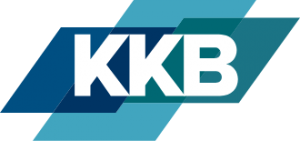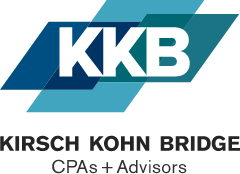Perform a benchmarking study
Financial statements can be used to evaluate the company’s current performance vs. past performance or against industry norms. A comprehensive benchmarking study includes the following elements:
Size. This is usually in terms of annual revenue, total assets or market share.
Growth. How much the company’s size has changed from previous periods.
Profitability. This section evaluates whether the business is making money from operations — before considering changes in working capital accounts, investments in capital expenditures and financing activities.
Liquidity. Working capital ratios help assess how easily assets can be converted into cash and whether current assets are sufficient to cover current liabilities.
Asset management. Such ratios as total asset turnover (revenue divided by total assets) or inventory turnover (cost of sales divided by inventory) show how well the company manages its assets.
Leverage. This identifies how the company finances its operations — through debt or equity. There are pros and cons of both.
No universal benchmarks apply to all types of businesses. It’s important to seek data sorted by industry, size and geographic location, if possible.
Forecast the future
Financial statements also may be used to plan for the future. Historical results are often the starting point for forecasted balance sheets, income statements and statements of cash flows.
For example, variable expenses and working capital accounts are often assumed to grow in tandem with revenue. Other items, such as rent and management salaries, are fixed over the short run. These items may need to increase in steps over the long run. For instance, your company may eventually need to expand its factory or purchase equipment to grow if it’s currently at (or near) full capacity.
By tracking sources and uses of cash on the forecasted statement of cash flows, you can identify when cash shortfalls are likely to happen and plan how to make up the difference. For example, you might need to draw on the company’s line of credit, request additional capital contributions, lay off workers, reduce inventory levels or improve collections. In turn, these changes will flow through to the company’s forecasted balance sheet.
We can help
When your year-end financial statements are delivered, consider asking for guidance on how to put them to work for you. We can help you benchmark your results over time or against industry norms and plan for the future. Contact us for more information.
© 2022




Advantages of keeping your business separate from its real estate
/in Tax/by KKB CPAsIt may be advantageous to separate ownership of a business’s real estate from the business. But it isn’t always advisable. Here’s a look at the issues. Continue Reading Advantages of keeping your business separate from its real estate
Cutoffs: When to report revenue and expenses
/in Tax/by KKB CPAsDoes your company follow the cutoff rules? Loose interpretation of the accounting rules can lead to errors and unexpected audit adjustments. Here’s how to get it right. Continue Reading Cutoffs: When to report revenue and expenses
Help ensure your partnership or LLC complies with tax law
/in Tax/by KKB CPAsGuaranteed payments to partners and payments to retired partners are just two of the tax issues that should be addressed in your partnership (or LLC operating) agreement. Here are the details. Continue Reading Help ensure your partnership or LLC complies with tax law